In Hoang Que ward, the area for winter-spring rice cultivation this year reached more than 1,000 hectares. Thanks to the large fields planned and the investment in irrigation canal systems, farmers have proactively brought water to their fields in the most convenient way. Ms. Tran Thi Them, a resident of Yen Duong area, Hoang Que ward, shared: This year, my family planted 5 hectares of Hoa Vang sticky rice. Thanks to the heavy rains at the beginning of the season, land preparation and plowing were very favorable, without the drought like every year. Currently, my family's entire rice area is in the tillering stage.
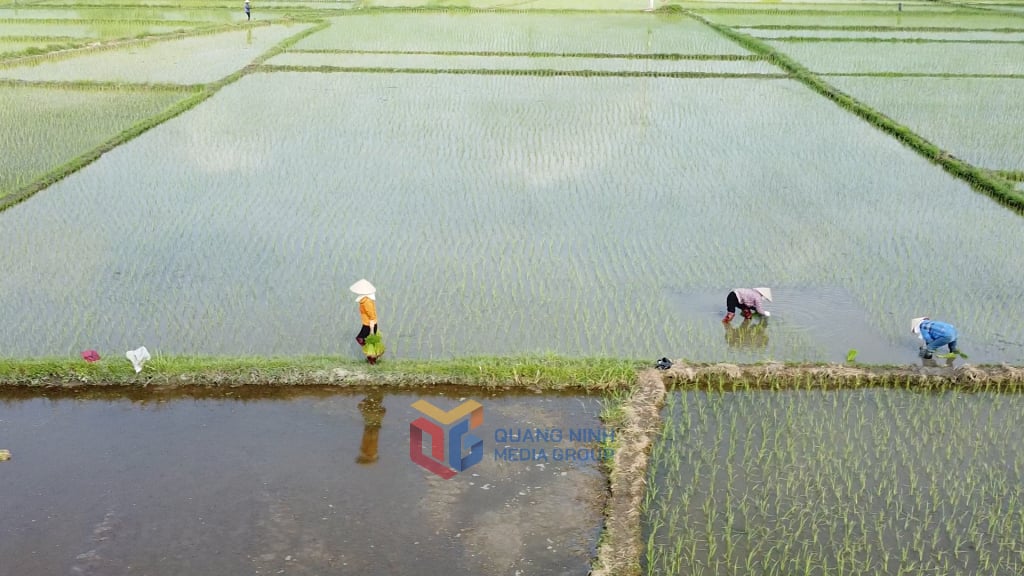
The cultivated area in Hoang Que ward is mainly highland rice fields, so most of the people here plant early-season rice to harvest early, freeing up land to produce an additional winter crop at the end of the year. By August 3, the entire winter-season rice area of the ward had been sown.
Mr. Le Van Do, Chairman of Hoang Que Ward People's Committee, said: The Ward People's Committee has directed the specialized department to closely monitor weather developments and emerging pests to promptly disseminate and guide people on preventive measures to protect production results.
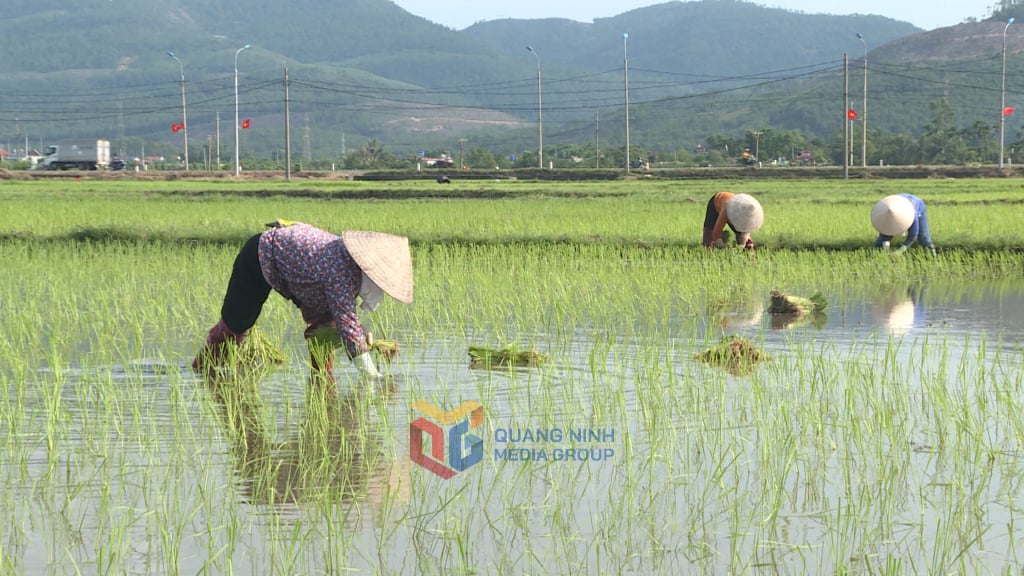
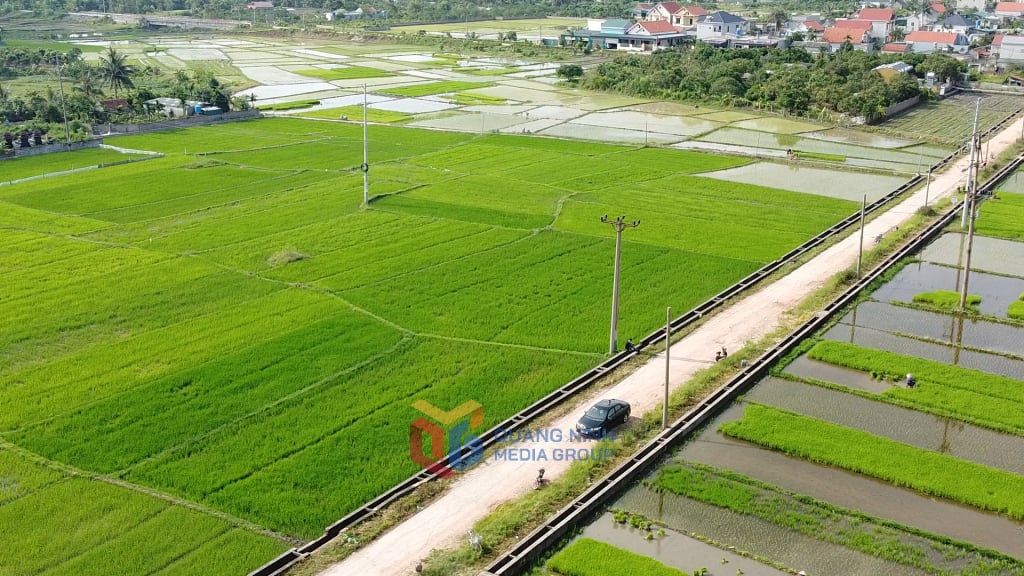
Through field investigation and survey, the provincial Department of Agriculture and Environment recorded: Larvae and small leaf rollers of the 6th generation are blooming and causing damage to rice fields, especially early and mid-season rice. For the 4th generation of 2-spotted stem borers, it is forecasted that after August 20, they will emerge, and larvae can cause silver bloom on rice fields in late August and early September. In addition, other harmful organisms such as brown planthoppers, white-backed planthoppers of the 6th generation, brown leaf blight, leaf rust, etc. are likely to arise and cause strong damage from late August onwards. The Department of Crop Production and Plant Protection recommends that localities closely monitor the development of pests and diseases to proactively prevent and protect the flag leaf set, avoiding affecting the yield of the 2025 rice crop. Farmers in the province are also advised to regularly check their fields, detect pests early and apply integrated pest management (IPM) measures; Use pesticides according to the "4 rights" principle when pests reach the control threshold, to prevent pests from breaking out and spreading widely.
According to the plan, the whole province strives to achieve an annual rice output of 218,800 tons, with an average yield of 52-53 quintals/ha. For this crop season alone, with the initiative of farmers and early direction from the industry, Quang Ninh aims to achieve a rice output of over 113,000 tons.
Source: https://baoquangninh.vn/quang-ninh-hoan-thanh-gioo-cay-vu-mua-dung-tien-do-3372436.html




![[Photo] President Luong Cuong receives delegation of the Youth Committee of the Liberal Democratic Party of Japan](https://vphoto.vietnam.vn/thumb/1200x675/vietnam/resource/IMAGE/2025/8/22/2632d7f5cf4f4a8e90ce5f5e1989194a)
![[Photo] Prime Minister Pham Minh Chinh chairs the conference to review the 2024-2025 school year and deploy tasks for the 2025-2026 school year.](https://vphoto.vietnam.vn/thumb/1200x675/vietnam/resource/IMAGE/2025/8/22/2ca5ed79ce6a46a1ac7706a42cefafae)



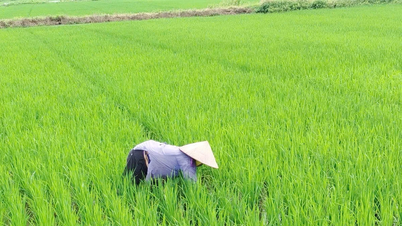

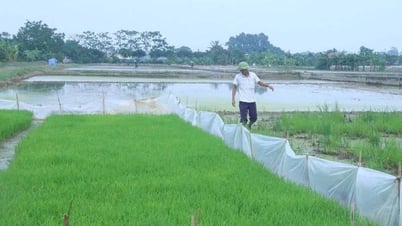

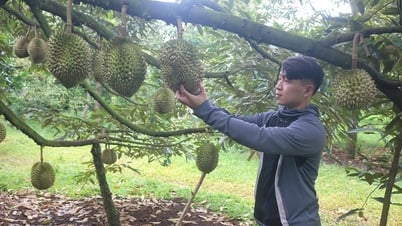

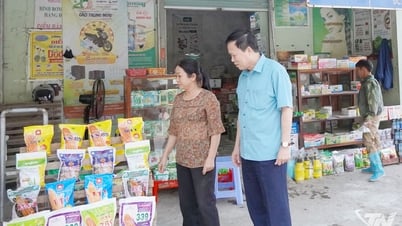

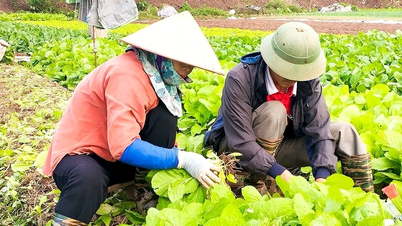
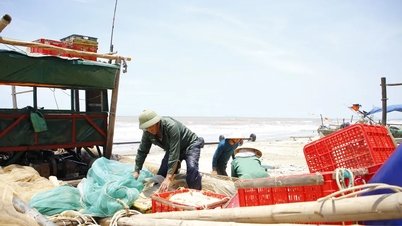

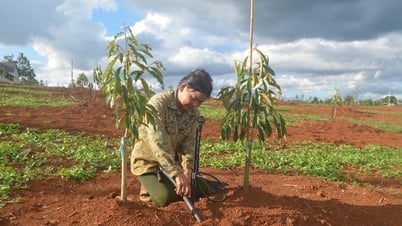


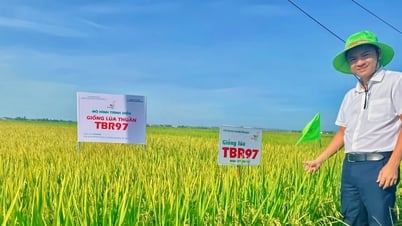

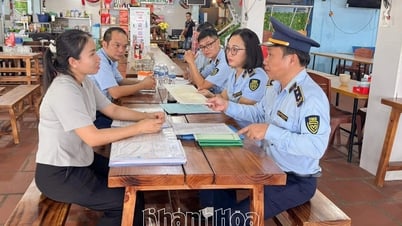

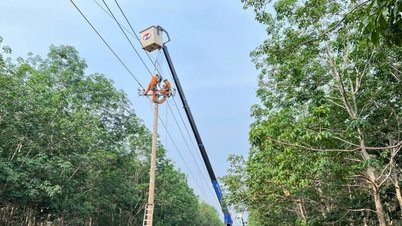

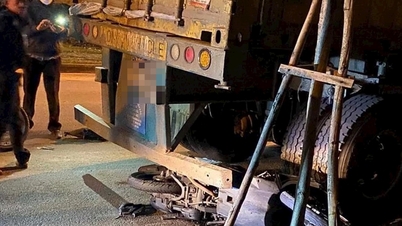


















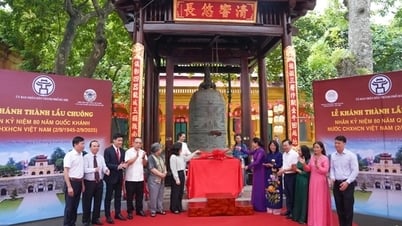

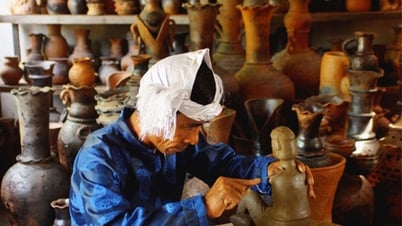





















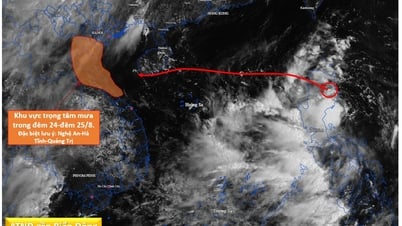




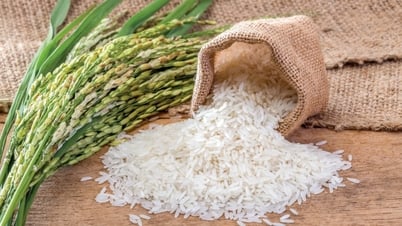









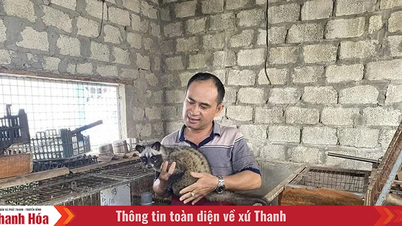

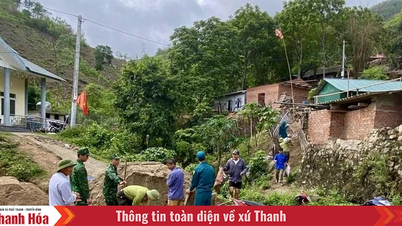

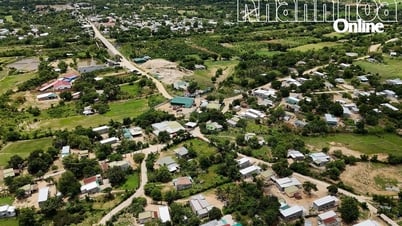






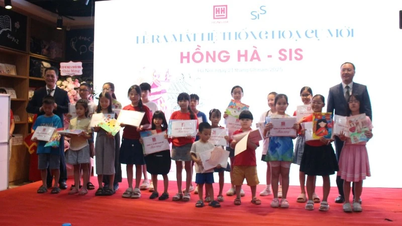








Comment (0)